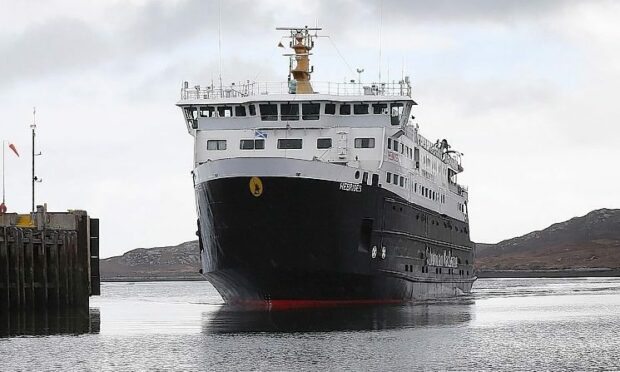The boss of the firm which owns CalMac ferries and harbours around the country has said that current investment levels are less than half of the amount required.
Kevin Hobbs, chief executive officer of Caledonian Maritime Assets (CMAL), said about £23.5 million a year was being spent when £50 million was needed.
He was giving evidence to MSPs amid ongoing concerns about the performance and pressure on the CalMac ferry network on the west coast.
CMAL is owned by the Scottish Government and leases ferries to CalMac, as well as owning and leasing piers, harbours and properties around Scotland.
Mr Hobbs said investment was “significantly lower than we would like” and suggested that claims that £1 billion had been spent on ferries in the last decade were misleading.
“In our professional opinion there has been under-investment, I will say that upfront,” he told Holyrood’s connectivity committee.
“Having said that, I think I have to balance that and say I wouldn’t like to be in the shoes of any government at the moment with limited funds, because choices have to be made.”
He added: “We are in a quite difficult place. The costs that are widely reported for running the services in the past 10 years suggest investment of over £1 billion.
“Now if you actually look at CMAL itself, in terms of vessel investment in the 10-year period, we’ve had about £150 million.
“We’ve also had harbour investment of about £50 million from the government in the last 10 years. That has been topped up with another £35 million from our own revenue streams.
“So, broadly there is about £200 million, which is only 20% of the £1 billion which is actually invested in the infrastructure that we have responsibility for.”
He estimated that about £30 million should be spent on replacing ferries on average each year and about £20 million on harbours, but that over the last decade it had actually been £15 million and £8.5 million respectively.
Meanwhile, CalMac managing director Robbie Drummond told the MSPs that recent reliability problems were down to the growing popularity of the ferries.
“What’s happening now is that whilst the level of disruption isn’t significantly different, the impact is much greater than it has been in the past because the vessels that have been impacted have been full,” he said.
“It means that when they are cancelled it’s much harder to deal with that disruption.”
